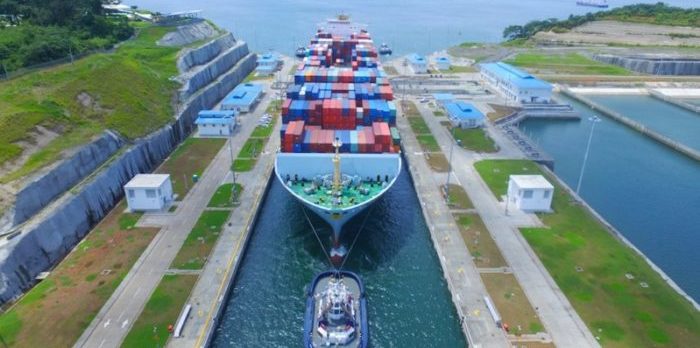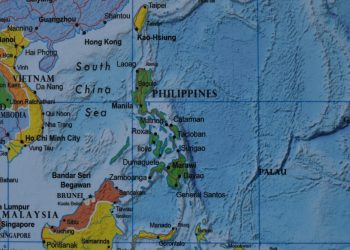The Panama Canal closed its 2018 fiscal year with a record tonnage of 442.1 million Panama Canal tons (PC/UMS). This represents a 9.5% increase from the previous year.
Thus, the Panama Canal surpassed the cargo projections of 429.4 million PC/UMS tons for FY 2018, as well as the 403.8 million PC/UMS tons registered in FY 2017.
[smlsubform prepend=”GET THE SAFETY4SEA IN YOUR INBOX!” showname=false emailtxt=”” emailholder=”Enter your email address” showsubmit=true submittxt=”Submit” jsthanks=false thankyou=”Thank you for subscribing to our mailing list”]
The increase was driven by the transit of LPG and LNG carriers, containerships, chemical tankers and vehicle carriers.
The container segment was the leading market segment for tonnage through the Canal, accounting for 159 million PC/UMS tons of the total cargo, of which 112.6 million PC/UMS tons transited the Expanded Canal.
Tankers, including LPG and LNG carriers, represented the following market segment with 130.3 million PC/UMS tons.
The next leading segments included bulk carriers with 73.7 million PC/UMS tons and vehicle carriers with 49.5 million PC/UMS tons.
Regarding cargo tonnage, the main routes using the Panama Canal in FY 2018 were between Asia and the US East Coast, the West Coast of South America and the US East Coast, the West Coast of South America and Europe, the West Coast of Central America and the US East Coast and intercoastal South America.
The main users during FY 2018 were US, China, Mexico, Chile and Japan. A total of 62.8% of the total cargo transiting the Canal came from the US.
































































